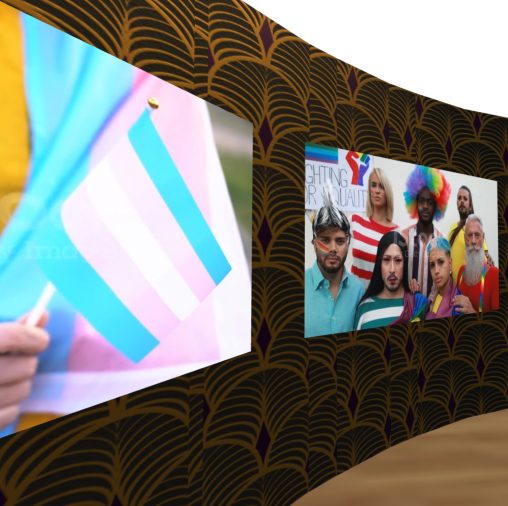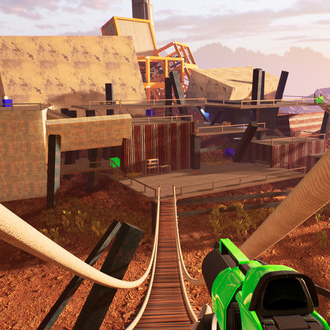Page 3 of 16

The topic for our presentation focused on the Queer community and the issues currently affecting them. We strove to get different perspectives from an international standpoint from different community members, interviewing them, listening to their personal experiences and asked them their perspectives on what issues were most relevant to them and the broader community.

In this virtual platform, we have chosen to address communities who are affected by mental health issues. These are characterized by changes in thinking, mood or behaviour associated with significant distress and impaired functioning, caused by a complex interplay of biological, psychosocial, economic and genetic factors.

Explores the rules and procedures followed by players and games-more broadly and not limited to computer games-that are the building blocks that make up gameplay. Students look at the various aspects of game mechanics; what they are, how they can be formed, how they interact with each other, what values they transmit and topics relating to the application of game mechanics.






